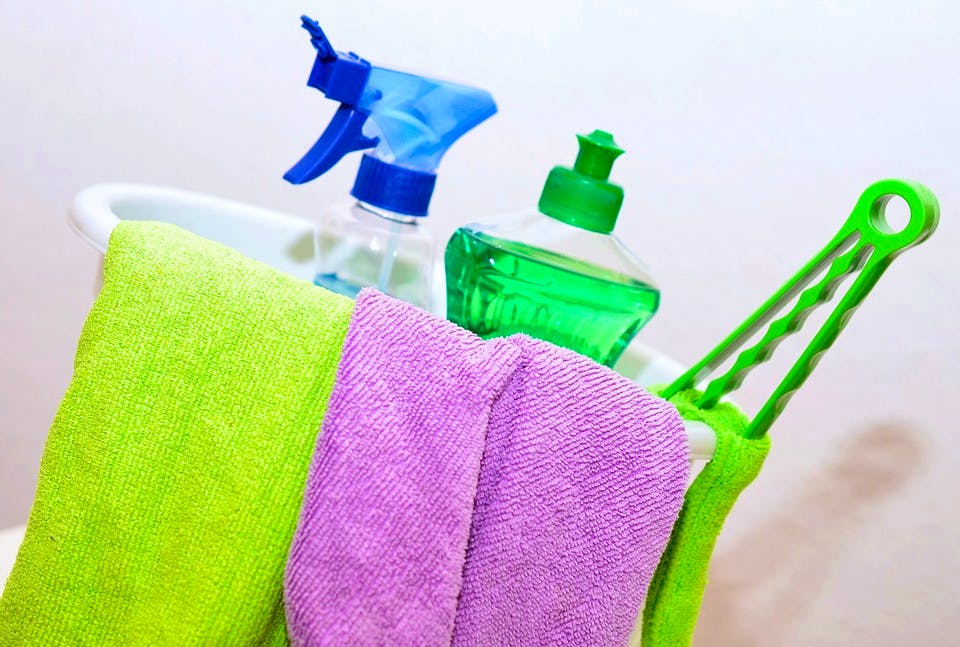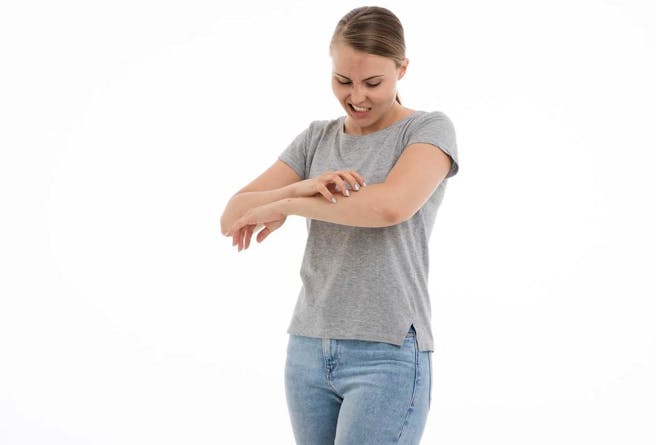Allergy Awareness Week: What to Do Around the House
This year, Allergy Awareness Week will take place from April 26 to 30. During this week, you can learn more about different types of allergies, particularly hay fever, which strikes most often during spring and summer. The ongoing pandemic adds an extra level of concern during this time of year, as symptoms of COVID-19 can mimic those of hay fever, asthma and other allergic conditions.
Read on to learn more about the different allergies you may have, and how to manage them – in the kitchen and outside of it.
Types of Allergies
The NHS defines an allergy as ‘a reaction the body has to a particular food or substance.’ Thought to affect more than one in four people in the UK during their lives, allergies come in several forms. People can be allergic to grass and tree pollen (which causes hay fever, or seasonal allergies), food (including nuts, shellfish and fruit), latex, insect stings and animal dander (such as cat or dog fur). Allergens, or substances that cause allergies, can also be found inside your house. These include dust mites, medicines (such as ibuprofen), mould and household chemicals, which, for some people, can make cleaning a problem.
So what happens when someone with allergies gets in contact with allergens? An allergic reaction happens, the symptoms of which can include sneezing, itchy or watery eyes, a runny nose, wheezing or coughing and/or a red, itchy rash. While most allergic reactions are mild, they can sometimes be more severe. This is called anaphylaxis, or anaphylactic shock, and is considered a medical emergency.
How to Manage Allergies
Most allergies are mild and can be avoided by steering clear of the allergen that cause them. If you have a food allergy, for example, reading the nutrition label on food or packing your own food can help you avoid an allergic reaction. Checking your home for mould is also useful for those with mould allergies.
Dust mite or pet dander allergy? Regularly vacuuming and dusting with a damp cloth – both in your kitchen and elsewhere in your home – can help get rid of dust and pet hair in the environment. This is also useful for those with hay fever, as pollen can be tracked indoors via clothing and shoes, or enter your house directly through an open window or door.

If you’re allergic to the harsh chemicals found in cleaning products, such as detergent and household cleaners, then it might be worth your time to make your own when you can. A simple all-purpose household cleaner can be made with two cups vinegar, two cups water and, optionally, lemon juice for a fresh scent. If making your own products isn’t an option, then look for products that are free of harsh chemicals and filled with natural ingredients.

There are also many over-the-counter medications that you can use to relieve symptoms of allergies. Certain medicated eye drops can help with itchy, watery eyes, while antihistamines and decongestants help with itchiness and nasal congestion.
We hope we’ve shed some light on the matter of allergies and allergy treatment options this spring.
Until next time…

